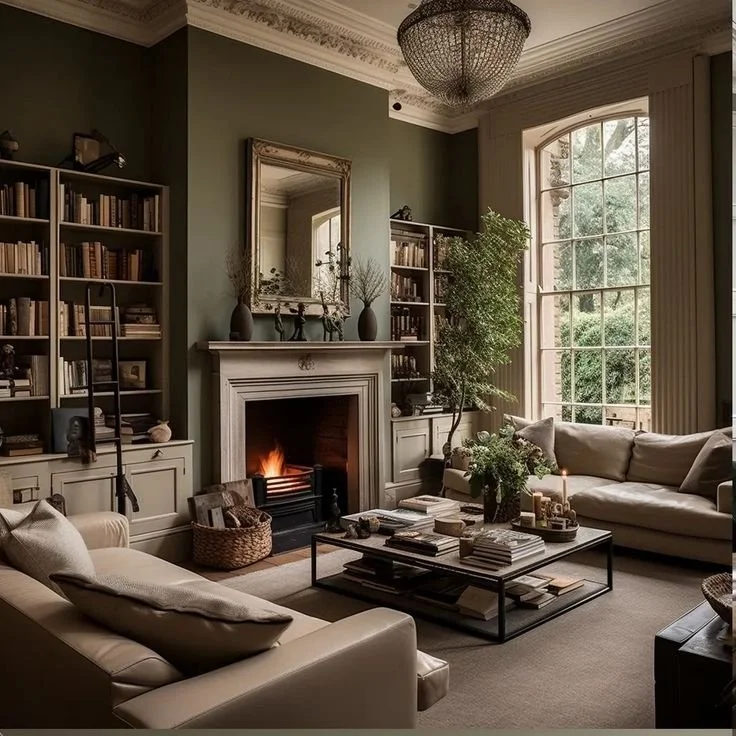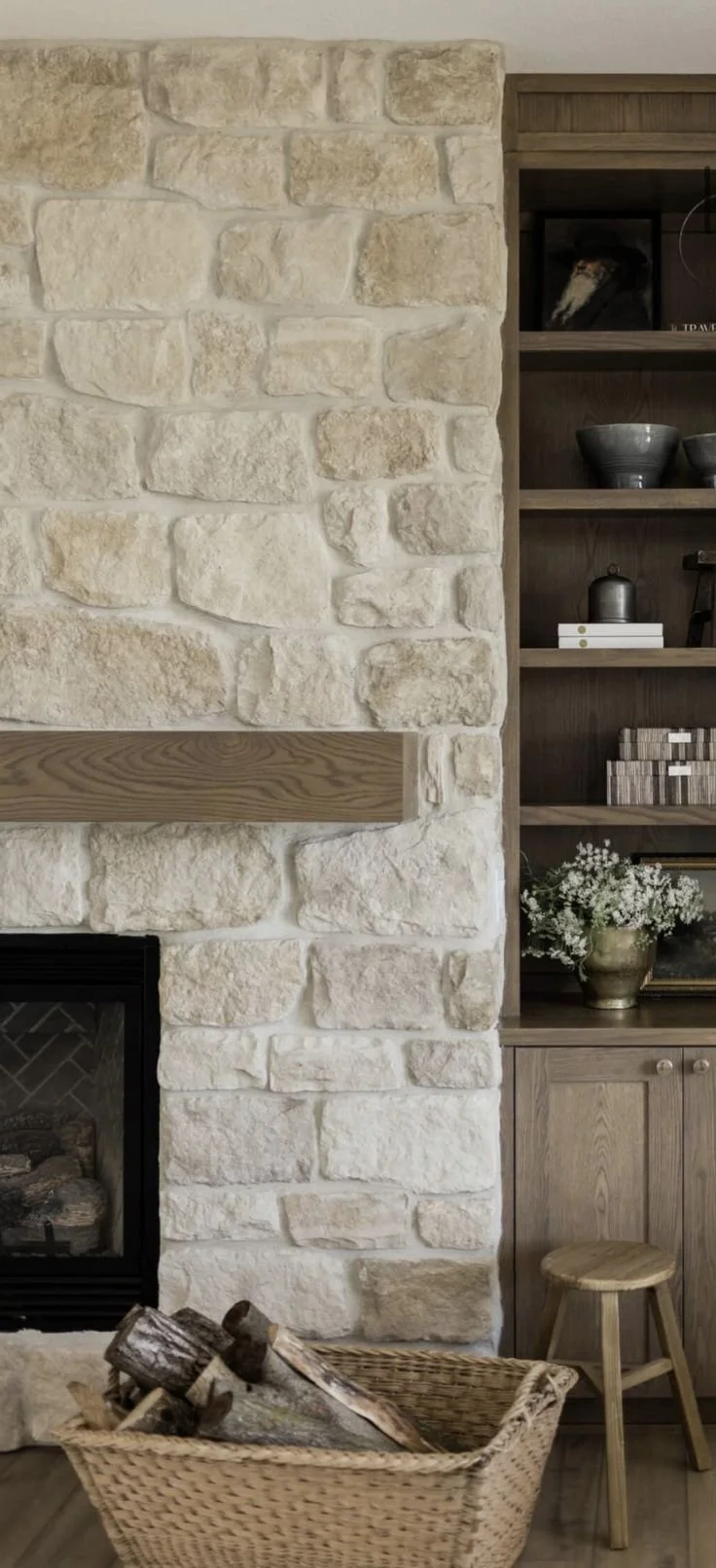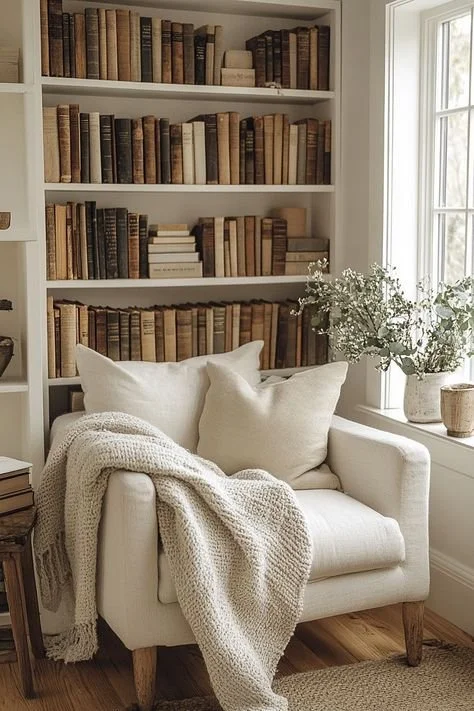Design Trends for 2025
2025 is here and is in full force! Residential design continues to evolve, with a focus on creating spaces that are not only aesthetically pleasing but also functionally supportive of our well-being. In a world that’s increasingly fast-paced and digitally connected, the importance of our home environment in fostering physical and mental health has never been more apparent. Here are some key design trends that will dominate residential design in 2025:
1. Warm, Welcoming Spaces
Gone are the cold, minimalistic interiors of the past. In 2025, homes will feature warm, inviting spaces that encourage relaxation and comfort. The emphasis is on creating a sense of "home" that nurtures emotional well-being. This trend embraces earthy tones, natural textures, and soft lighting to create a cozy, serene atmosphere. Expect to see a mix of muted shades like warm terracotta, soft browns, and golden yellows, alongside rich, tactile materials such as velvet, linen, and wood.
Large windows and open-plan layouts that foster natural light will continue to be central to home designs, enhancing the overall feeling of warmth and connection with nature. Soft, layered lighting, such as pendant lights, sconces, and floor lamps, will be favoured to create a softer, more intimate ambiance.
2. Organic Modern Design
The organic modern aesthetic, which combines natural materials with sleek, contemporary lines, will be a defining trend in 2025. This design philosophy celebrates the beauty of imperfection and embraces nature’s influence in every element. Expect to see an abundance of tactile textures like wood, stone, and clay, all thoughtfully integrated into modern, clean lines.
Furniture will reflect this balanced approach, with pieces crafted from sustainable materials such as recycled wood, natural stone, and biodegradable fabrics. The aim is to blend the minimalist ideals of modern design with the warmth and authenticity of nature, bringing a grounded, harmonious feel to interiors. Sustainability is also a key factor—eco-conscious choices will continue to shape the design of everything from building materials to home décor.
3. Design Focused on Mental Health and Well-Being
As we continue to understand the impact of our surroundings on our mental health, design will increasingly center around promoting well-being. In 2025, expect to see more homes designed with mindfulness in mind. Thoughtfully curated spaces will encourage rest, relaxation, and a sense of calm.
This could manifest in various ways, from dedicated meditation or wellness rooms to the use of biophilic design principles, which incorporate natural elements into the built environment. Air-purifying plants, natural wood finishes, and soft, natural lighting will play a significant role in creating spaces that nurture mental health.
Personalized spaces—whether it's a cozy reading nook, a calming bedroom sanctuary, or a home office designed for focus—will continue to grow in importance. Flexible, multi-purpose spaces that cater to individual needs and routines are key to fostering balance and tranquility within the home.
4. Where Functionality Meets Aesthetics
In 2025, form and function will no longer be considered mutually exclusive. The designs that will stand out are those that effortlessly combine beauty and practicality. People want their homes to be beautiful, but they also need them to be functional and efficient.
This means that multifunctional furniture, such as sofas with hidden storage, modular kitchen islands, and foldable desks, will be in high demand. Spaces will be designed with smart technology that improves convenience and energy efficiency without compromising the aesthetic appeal of the space.
Organized, clutter-free environments will also be a priority, leading to a rise in integrated storage solutions that allow for easy access while maintaining a sleek and minimalistic look. This trend focuses on creating environments that not only look good but also work hard for those who live in them.
5. The Return of Craftsmanship and Artisanal Touches
As we continue to embrace sustainability, there's a growing appreciation for the artistry and craftsmanship behind handmade objects. In 2025, homes will feature more artisanal and custom-made furniture, decor, and fixtures. From handwoven rugs to bespoke cabinetry, these one-of-a-kind pieces add character and warmth to spaces while supporting local artisans and sustainable practices.
Incorporating artisanal elements gives homes a unique, personal touch that mass-produced items simply can't replicate. These pieces can serve as statement items, conversation starters, or even heirloom-quality additions that enhance both the function and beauty of a room.
As we look ahead to 2025, residential design is shifting towards creating spaces that are not only stylish but also deeply connected to our emotional and mental well-being. The key trends reflect a desire for warmth, authenticity, and harmony, both with nature and within ourselves. Whether through organic modern aesthetics, functional design innovations, or a focus on mindfulness and mental health, the homes of tomorrow are being designed with care, purpose, and intention.
By embracing these trends, we can create environments that support our overall well-being, fostering comfort, creativity, and connection—qualities that are essential for the future of residential living.
















